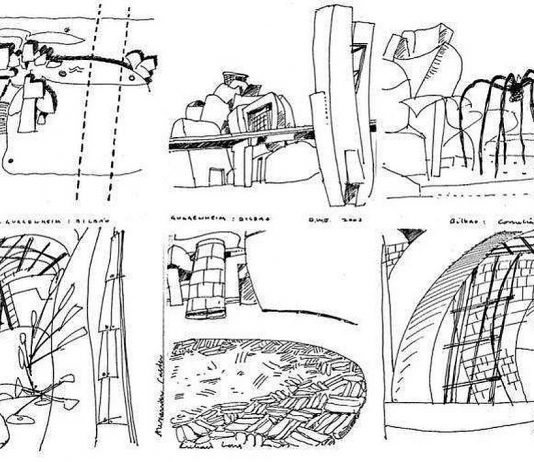Rococo
Toward the end of the baroque period architects and, especially, interior designers turned away from the grandiose effects that sometimes dominated baroque architecture and...
Taste. Proportions the Beauty of Architecture
Today the term “taste” is often used vaguely to mean personal preference or ephemeral fashion. But in the 18th century the term was employed...
Industrial architecture
The industrial revolution brought new types of building, including factories and warehouses. Although based on older designs for buildings, such as mills, the factories...
Baroque
In the 17th and early 18th centuries a combination of religious change and the inventiveness of a number of architects in Italy and Central...
Palladianism
Andrea Palladio was one of the most influential architects of all time. His distinctive, severely classical style was developed in 16th-century Italy, but it...
Renaissance
The “Renaissance,” coming from the Italian word for rebirth, came about when artists turned their backs on the medieval world and sought a model...
Gothic
In the mid-12th century Abbot Suger of the French abbey of St. Denis commissioned a remodeling of his church. The building was constructed in...
Roman engineering
Roman architecture was distinctive because it brought highlydeveloped engineering skills to bear on large-scale buildings. TheRomans made huge strides in engineering, building great aqueducts,large...
The orders
In ancient Greece, probably around the sixth century BC, architects and stonemasons developed a system of design rules and guidelines that they could use...
Organic Architecture
You may be familiar with the term 'organic' from the produce aisle of your grocery store. When it comes to architecture, however, 'organic' means...
Progress in engineering as a challenge for architects
The innovations and the development of engineering that gave an impetus to the Industrial Revolution also prepared the ground for revolutionary changes in the...
Dissonance between the engineering potential and the academic tradition
The development of innovative technologies opened up undreamt of possibilities for the creation of space and building in architecture. However, despite the enormous transformations...
Modernism. Definitions, characteristics, leaders of Modernism
Just as the concept of modernity can be understood in different ways, there have been many definitions of modernism in the literature and art...
Concept of elementary composition
The academic textbooks from the turn of the century also confirm the isolation of academic circles. Professor Julien Guadet emphasizes the importance of composition...
Modernism in Architecture between the two Wars
Since modernism is considered here in a strictly defined national framework, little attention is paid to the cultural network of the dual Austro-Hungarian monarchy,...
Symmetry as an ideal of integrity, beauty and harmony remains the...
The symmetry of a work of architecture, being at the same time a property of both the process of perception and the structure itself,...
Distortion of image proportions
"Corrections" in the form of partial compensation for prospective reductions can be applied, but only under special conditions and mainly in order to improve...
Historical conventionality of the culturological approach to the study of symmetry...
It seems that the symmetry method is able to systematize and analyze the perception of a symmetrical object. The process of perception includes several...
